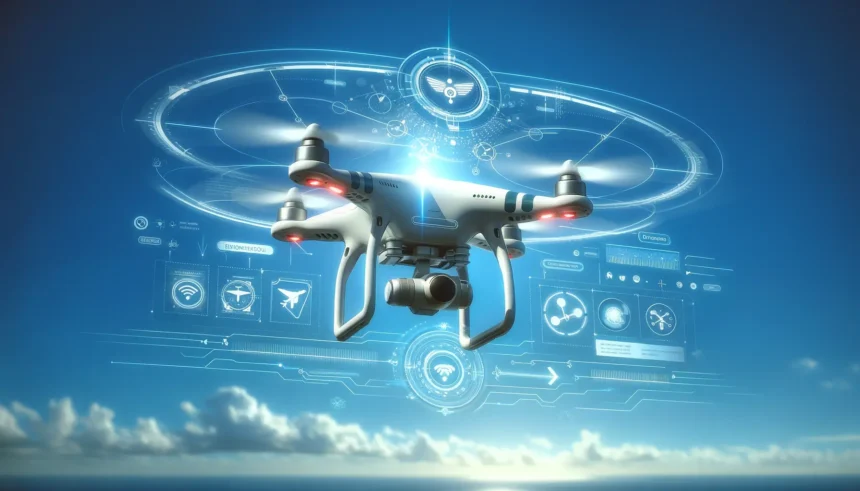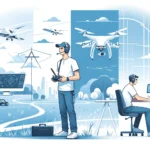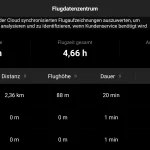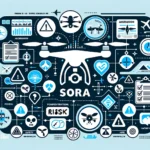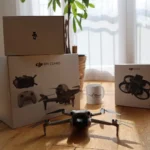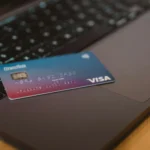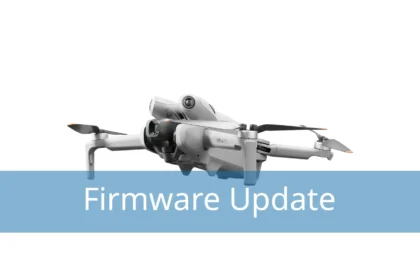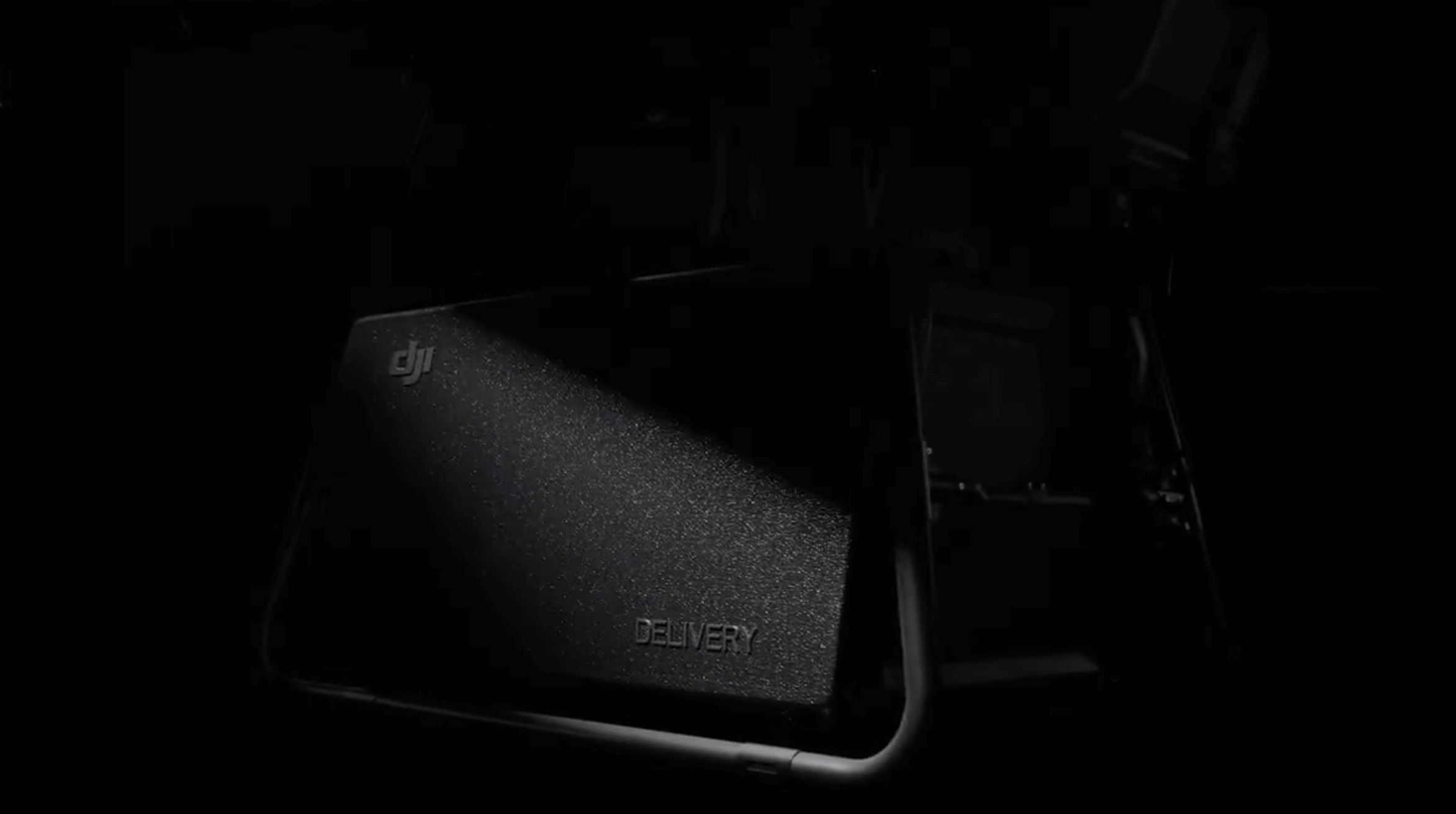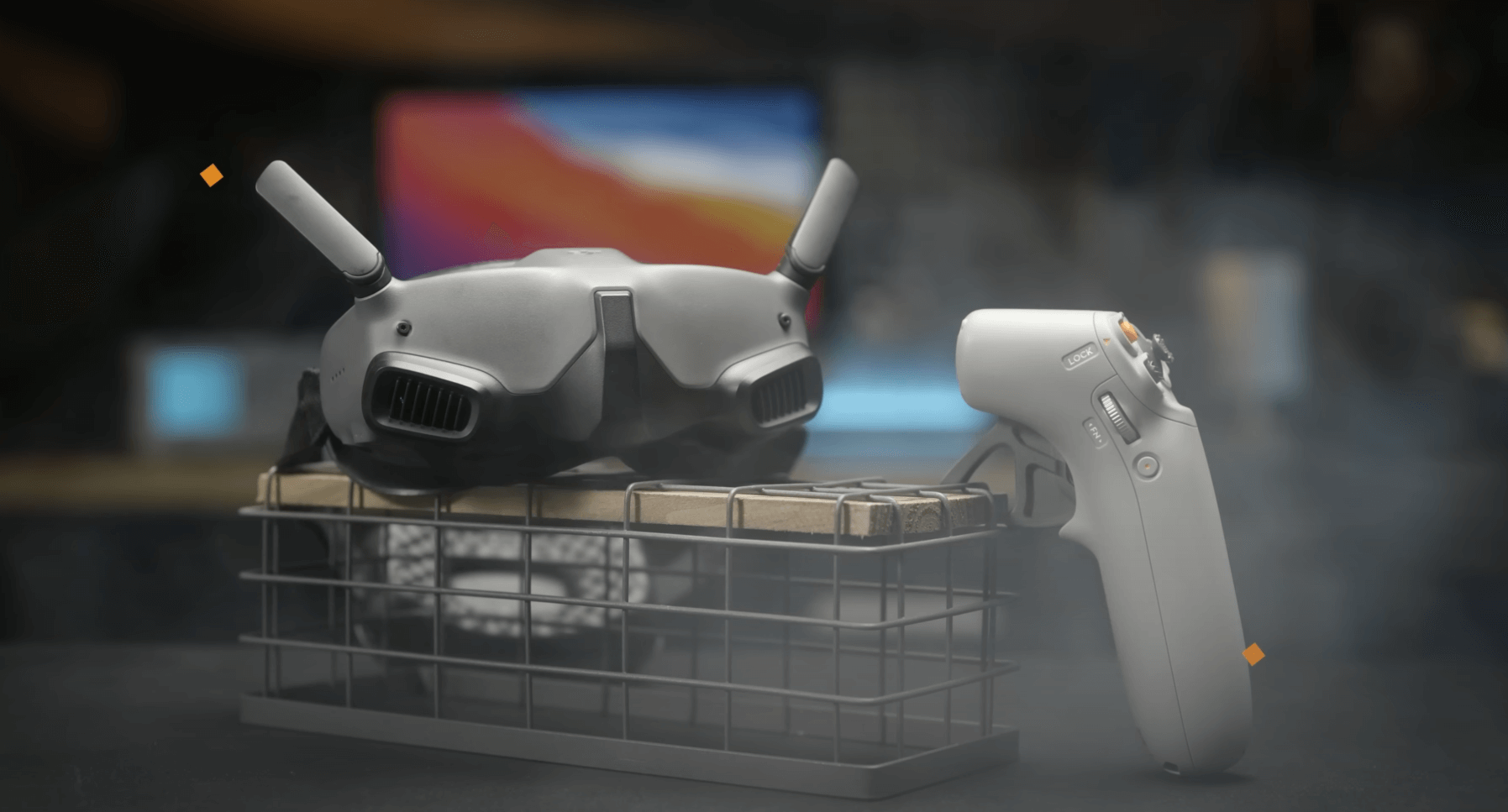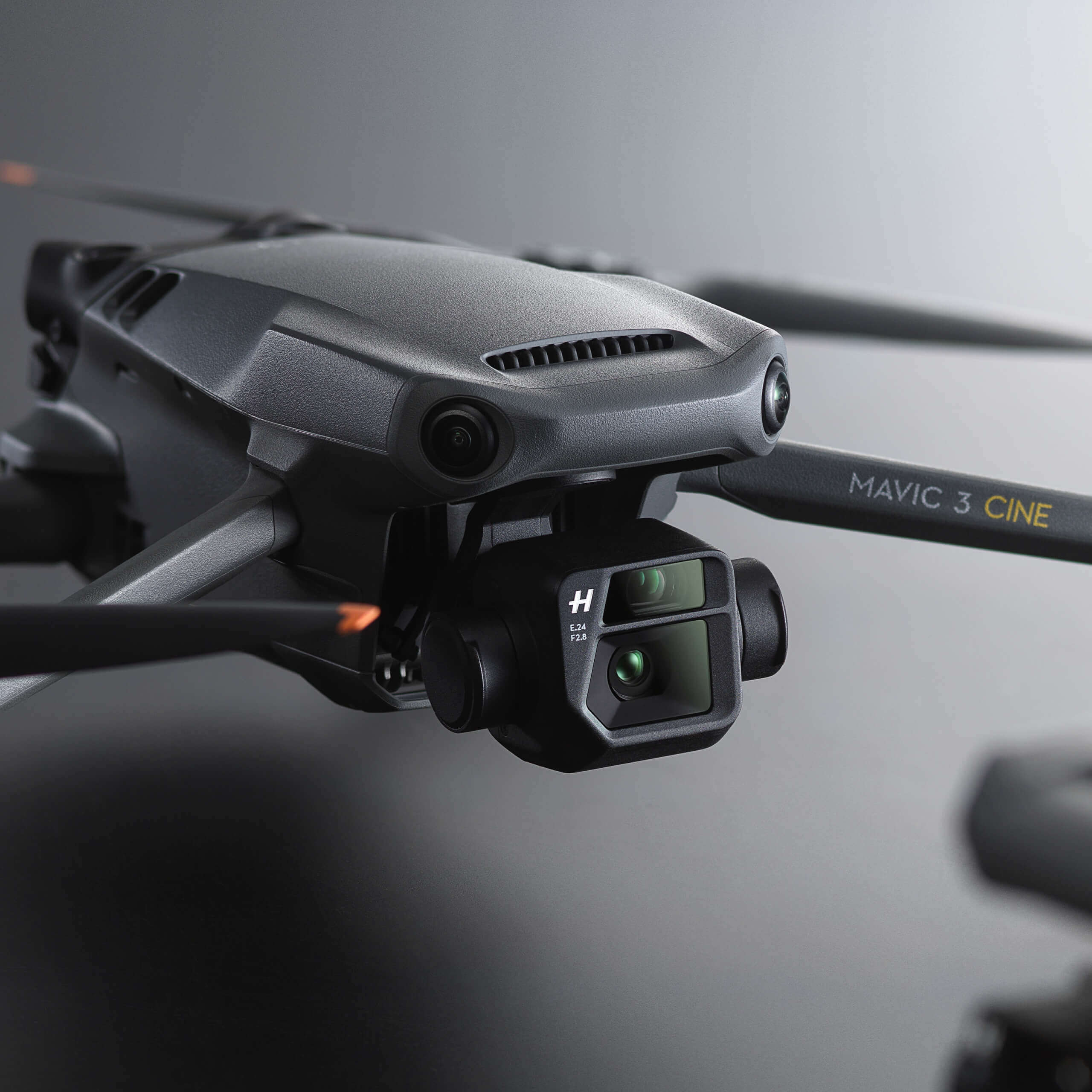Remote identification for drones, known as remote ID, has been mandatory since 1 January 2024. We explain what this means for you as a drone pilot.
At the start of 2024, there are a number of changes to the law for drone pilots and therefore important points to note. In addition to the expiry of the transitional regulation for existing drones, this now also affects the remote ID.
The remote ID allows drone operators to be recognised via remote identification. This is done via the UAS operator number issued by the responsible state aviation authority, which you receive after registering as a drone operator (known as e-ID) and a corresponding system in the drone itself.
Since 1 January 2024, drones operated in the open category (drones with drone classes C1, C2, C3) and in the specific category (drones with drone classes C5 and C6, including existing drones) must be equipped with a remote identification system.
Exceptions are drones in the open category C0 such as the DJI Mini 4 Pro and drones in class C4, or stock drones or self-built drones < 25 kg, provided they are flown in the A3 category, as well as stock drones or self-built drones < 250 g in category A1/A3.
Note: Member states can publish areas in which a remote ID is mandatory for all drones!
Drones that are placed on the market after 1 January 2024 and do not have a CE classification may no longer be operated in the open category.
Drones with CE labelling must already have such a system as standard. If your drone does not have a remote detection system, you can purchase and retrofit a module. You can find a list of remote identification modules for which the manufacturer has declared conformity on the EASA website.
Remote ID for drones – what you need to consider
For drone pilots, this now means that they must store their e-ID in the respective drone system so that it can be queried via remote identification. Exactly how this is done depends on the drone in question. A look at the drone manual or the relevant app will help here.
Note: Unlike when attaching your operator number to the drone itself, you must enter your complete e-ID for the remote ID – including the last 3 digits. These are check digits that are required for remote identification of the drone.
Requesting the remote ID
All persons can retrieve the remote identification information via a special app on smartphones. However, only law enforcement authorities will be able to query the database and link the registration number to a name. This is to ensure data protection and still allow the relevant authorities to access the necessary contact details.


